Apple's iPhone lineup is set — for the rest of the year, anyhow — so it's the perfect time to buy the best iPhone out there. And baed on our reviews and testing, we think that's the iPhone 16 Pro Max.
Apple's top-of-the-line phone has the best performing A series chip and has beaten back all challengers in our head-to-head camera testing, routinely producing the sharpest looking and most detailed photos. Apple also increased the screen size on this year's Pro Max model, giving you more display to work with. If you want the very best iPhone around, the iPhone 16 Pro Max is tough to beat.
But it also happens to be Apple's most expensive iPhone, and we recognize that not everyone is ready to throw down $1,199 on a new phone. With that in mind, I'd steer you toward the $799 iPhone 16, which adds a number of new features that won't make you feel like you've missed out by skipping the $999 iPhone 16 Pro. (That said, the 6.3-inch Pro has a slightly larger screen, too, and all of the features of the Pro Max without the lofty price tag — it's a good choice, too.)
Apple calls this its strongest iPhone lineup ever, and I'm inclined to agree with the company. I've been covering Apple's phones since the very first iPhone came out. so I've seen how the lineup has evolved since 2007. And top to bottom, the current array of iPhones has something for everyone — including the older iPhone 15 and iPhone 14 models Apple continues to sell at reduced prices.
Here's a closer look at the iPhones has on offer, as we help you find the best iPhone for your needs and budget.
The quick list
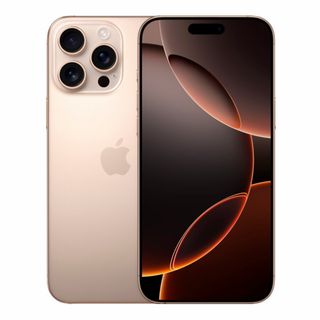 Best overall
Best overall
The iPhone 16 Pro Max is the best iPhone you can buy, sporting the biggest screen, most powerful chipset and best cameras. You'll also appreciate the epic battery life for this model — along with its new Camera Control button for more control how you take photos and video.
Read more below
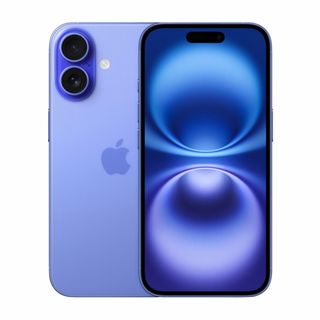 Best value
Best value
It may be overshadowed other recent models, but this iPhone is relatively affordable, especially now that it packs features that were once exclusive to the Pros. It still offers solid cameras and strong performance courtesy of the A18 chipset.
Read more below
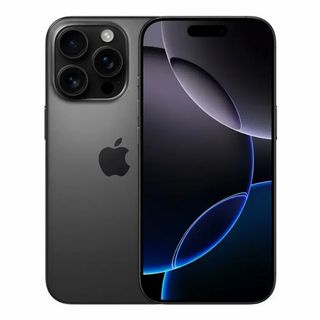 Best cameras
Best cameras
Best for photography
If the iPhone 16 Pro Max's price is too high, try the iPhone 16 Pro. It's got many of the same features as the Max, including the same telephoto camera with 5x optical zoom and Apple Intelligence features — but it also costs $200 less.
Read more below
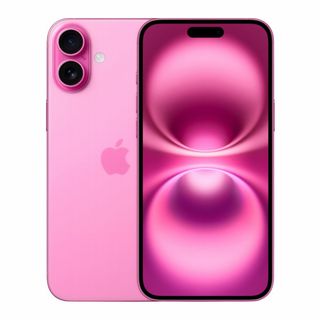 Big screen value
Big screen value
Apple continues to offer a big-screen alternative to the Pro Max, even if 6.7 inches is no longer the biggest display in town. Not matter, though, because you'll play less for the iPhone 16 Plus, while still enjoying long battery and strong performance.
Read more below
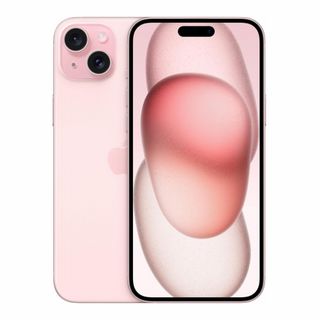 Budget big iPhone
Budget big iPhone
There's still a choice for fans of big phones who happen to have a tighter budget. The iPhone 15 Plus starts at a modest $799, which nabs you a 6.7-inch iPhone that's perfect to run Standby Mode and other features that look good on a big screen.
Read more below
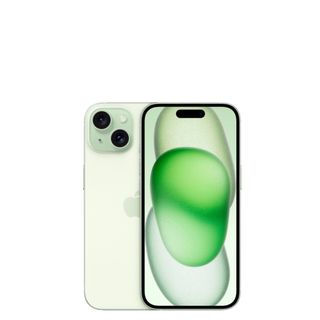 For bargain hunters
For bargain hunters
If the iPhone 16 doesn't tickle your fancy, then consider the iPhone 15 now that it costs $699. The 2023 phone is still good enough for most tasks, and you won't have to pay big bucks for a capable device.
Read more below
Load more products
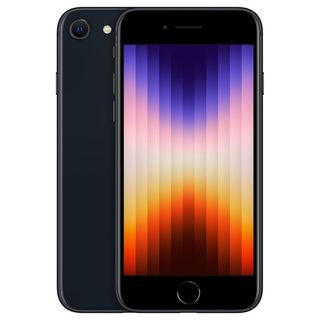 Cheapest iPhone
Cheapest iPhone
You're not stuck paying big bucks for an iPhone. For $429, the iPhone SE 2022 gives you a relatively powerful processor in a phone that runs the latest version of iOS. And the lone camera is pretty good, too, even if it lacks a night mode.
Read more below
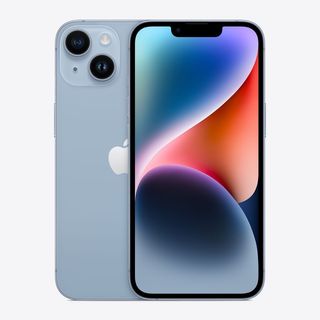 Biggest discount
Biggest discount
Besides the iPhone SE, your best low-cost iPhone option is the iPhone 14, which now starts at $599. The A15 Bionic chipset won't win any races with newer phones, but the cameras still perform well, and the phone runs iOS 18.
Read more below

My name is Philip Michaels, and I'll be your guide into Apple's latest iPhones. I was at the first iPhone launch back in 2007, and I've handled every model that's come out since then, so I can tell you all about the changes that have accumulated over the years. In addition to the iPhone hardware, I've also reviewed Apple's various iOS updates going back a decade, so I can discuss those software features, too.
The best iPhone overall
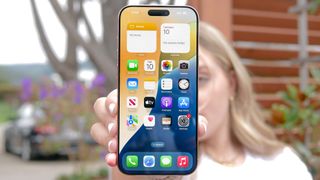

The best iPhone you can buy
Specifications
Screen Size: 6.9-inch OLED (2868 x 1320; 1-120Hz)
Processor: A18 Pro
Cameras: 48MP main, 48MP ultrawide, 12MP telephoto w/ 5x zoom
RAM/Storage: 8GB/256GB, 512GB, 1TB
Battery life (Mins:Secs): 17:35
Reasons to buy
+ Best-in-class battery life Even larger display Useful Camera Control button
Reasons to avoid
- Slow wired charging speed again Increased size makes it harder to use one-handed
Who should get the iPhone 16 Pro Max: Users with big budgets who want the very best Apple offers in the largest and longest-lasting package.
What we think about the iPhone 16 Pro Max: Everyone on the Tom's Guide staff who's handled the iPhone 16 Pro Max has come away impressed with Apple's latest phone. The big screen size helps, as the 6.9-inch panel is the largest Apple's ever used on one of its phones. That said, my colleague Mark Spoonauer had trouble using the phone with one hand, so if that's a concern for you, you may want to look at more compact models.
Still, the performance boost the iPhone 16 Pro Max gets from its A18 Pro chip is nearly as big as the phone itself. In our testing, the latest Pro Max topped Snapdragon 8 Gen 3-powered devices like the Galaxy S24 Ultra in Geekbench tests for general performance. We were also able to transcode a video on the iPhone 16 Pro Max in half the time it took a Galaxy device. The iPhone 16 Pro Max jumps between apps with ease, and never faltered when we ran graphically-demanding games on the handset.
Still, the big reason to pay up for the iPhone 16 Pro Max is for its cameras, which have surpassed the competition in every 200-photo face-off we've conducted with Apple's latest phone. Not only does this model have the 5x zoom lens introduced with the iPhone 15 Pro Max, you also get an improved 48MP ultrawide camera. If you want to capture crisp, engaging images, you'll want an iPhone 16 Pro Max handy. The newly added Camera Control button adds some flexibility to operating the iPhone's camera, though some of our testers found the new control a little awkward to use.
You won't have to worry about the phone running out of battery life, thanks to the A18 Pro's power management features. The iPhone 16 Pro turned in the best time of any Apple phone on our battery test, lasting more than 17 hours. As of this writing, only two other devices beat that result in our best phone battery life rankings.
In short, everything I look for in a phone — top performance, great cameras, long battery life and an eye-catching design — can be found in the iPhone 16 Pro Max. If the $1,199 starting price isn't a problem, don't hesitate to grab this phone. (And if price is an issue, read on.)
Read our full iPhone 16 Pro Max review.
The most affordable new iPhone
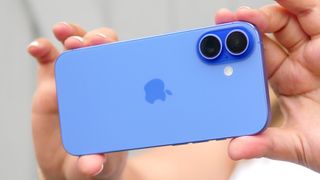

The best iPhone value
Specifications
Screen size: 6.1-inch OLED (2556 x 1179); 60Hz
Processor: A18
Cameras: 48MP (f/1.6) main, 12MP (f/2.2) ultrawide / 12MP front (f/1.9)
RAM/Storage: 8GB/128GB, 256GB, 512GB
Battery life (Mins:Secs): 12:43
Reasons to buy
+ Stylish design and colors A18 chip is a powerhouse Handy Camera Control button
Reasons to avoid
- Display refresh rate stuck at 60Hz No change to its battery recharge speed
Who should get the iPhone 16: Anyone who wants the an all-around performance without spending a lot.
What we think about the iPhone 16: The iPhone 16 may not have the flashier features found in its Pro siblings, but it’s still a solid upgrade, particularly if you're not thrilled about flagship pricing. In fact, after using the iPhone 16, I'd even say it does a long way toward closing the gap that exists between Apple's Pro phones and standard models like this one.
A lot of the features you'd normally associated with an iPhone Pro have found their way to the iPhone 16. That includes the new Camera Control button that promises easy access to the camera settings and modes. The iPhone 16 also adopts the Action button that Apple introduced to the iPhone 15 Pro models. Apart from the larger screen found on the iPhone 16 Pro, you're getting the same design but in a less costly device.
Another change we like is on the back of the iPhone 16, where Apple now stacks the camera lenses vertically. That allows you to capture spatial video and photos to enjoy on VR headsets like the Apple Vision Pro. Granted, you may not be about to pay $3,499 for a spatial computing headset, but it's good to have a library of spatial videos handy as the price of such devices drops over time.
As with previous standard iPhone models, you won't get a dedicated telephoto lens on the iPhone 16 as you would with a Pro version. However, the iPhone 16 still has a 48MP main camera and when you zoom, that camera can crop in to create the equivalent of a 2x optical zoom. I've tested this capability, and I've found very little difference between the iPhone's zoomed-in shots and those captured by a dedicated telephoto lens. And the iPhone 16's camera performance in low light and other challenging settings remains superlative.
The larger iPhone last longer on a charge, but the iPhone 16 still improves upon its predecessor's battery life. And right now, the iPhone 16 is the least expensive iPhone available that supports Apple Intelligence features, which figure to improve over time with subsequent updates to Apple's AI tools.
Read our full iPhone 16 review.
The best iPhone camera
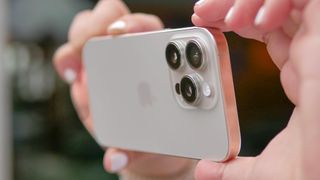

Make way for the iPhone 16 Pro
Specifications
Screen size: 6.3-inch OLED (2622 x 1206; 1-120Hz)
Processor: A18 Pro
Cameras: 48MP (f/1.78) main, 48MP (f/2.2) ultrawide, 12MP (f/2.8) telephoto with 3x optical zoom, LIDAR / 12MP front (f/1.9)
RAM/Storage: 8GB/128GB, 256GB, 512GB, 1TB
Battery life (Mins:Secs): 14:07
Reasons to buy
+ Larger display 5x optical zoom camera Long battery endurance Quick access Camera Control button
Reasons to avoid
- Same charging as before
Who should get the iPhone 16 Pro: Shutterbugs and content creators who need incredible cameras that deliver outstanding quality no matter the conditions.
What we think about the iPhone 16 Pro: You'll appreciate how the iPhone 16 Pro gives people all of the iPhone 16 Pro Max's best features but for $200 less. Unlike with the iPhone 15 Pro, this year's model finds itself on more equal footing with the Pro Max, and that benefits people who want a Pro phone but still have an eye on their budget.
The big addition to the iPhone 16 Pro is the the tetraprism telephoto lens that was an iPhone 15 Pro Max exclusive in 2023. That means better zoom capabilities for the iPhone 16 Pro, particularly if you need to go up to a 5x zoom. In our testing, the new Pro model proved more than capable of capturing details shots at that zoom length without any of the noise and blur that can creep into pictures that rely on a digital zoom.
I would actually argue that the iPhone 16 Pro is the best camera phone you can buy right now, as its camera setup matches the one on the Pro Max. Anything that phone can shoot, so can this one — and the iPhone 16 Pro does it for $200 less. Certainly, the iPhone 16 Pro turned in excellent results in our camera testing thanks to an exceptional 48MP main camera that benefits from improvements to low-light image capture and a refreshed 48MP ultrawide takes even better macro photos than ever before. Over on the video front, the iPhone 16 Pro gifted with a new 4K 120 fps recording mode that allows creators to shoot now, worry later because the footage can be slowed down.
We're focusing on the cameras here, but the iPhone 16 Pro sees other benefits as well, including the same A18 Pro chip that bolsters the iPhone 16 Pro Max's performance and battery life. (The iPhone 16 Pro even proved marginally faster in our benchmark testing, though not so much that you'd notice with the naked eye.) While the iPhone 16 Pro still has a more compact screen than the Pro Max, it's grown to 6.3 inches, giving you more space to work with while still being compact enough to use with one hand.
Read our full iPhone 16 Pro review.
More screen for less
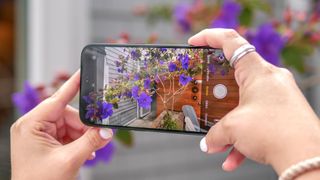

A whole lot of screen for not that much
Specifications
Screen size: 6.7-inch OLED (2790 x 1290); 60Hz
Processor: A18
Cameras: 48MP (f/1.6) main, 12MP (f/2.2) ultrawide / 12MP front (f/1.9)
RAM/Storage: 8GB/128GB, 256GB, 512GB
Battery life (Mins:secs): 16:29
Reasons to buy
+ Best battery life outside the iPhone 16 Pro Max Speedy A18 performance Large sized screen
Reasons to avoid
- Dated 60Hz display refresh rate Slow wired charging
Who should get the iPhone 16 Plus: Big-screen phone fans who don't want to pay big bucks for a Pro Max.
What we think about the iPhone 16 Plus: The iPhone 16 Plus is the best iPhone for people who prefer a larger display but don't want to pay big bucks for one of the best big phones. That's especially true when you look at the price of the iPhone 16 Pro Max, the only other current iPhone with a super-size display. (If you want to go even cheaper than the iPhone 16 Plus' $899 starting price, skip down to the iPhone 15 Plus review capsule.)
While the iPhone 16 Pro Max screen is larger at 6.9 inches, I find the 6.7-inch OLED panel on the iPhone 16 Plus plenty big for watching videos, playing games and serving a view finder when I'm taking photos. Speaking of photos, the iPhone 16 Plus benefits from the same upgraded ultrawide camera found on the iPhone 16, That helps with better macro shots, as my colleague John Velasco discovered when testing out the iPhone 16 Plus ultrawide lens. The same Camera Control button found on every iPhone 16 model is here, too, for easier controls once you master the different swipes and presses.
Because the iPhone 16 Plus is big enough to feature a 6.7-inch display, it also has more room inside for a bigger battery than what the iPhone 16 can house. As a result, the iPhone 16 Plus also lasts a long time on a charge, finishing just shy of 16.5 hours in our testing. Only the iPhone 16 Pro Max lasts longer among Apple's phones.
You'll make some sacrifices with the iPhone 16 Plus and its lower cost, as Apple only uses fast-refreshing displays for its Pro models. That means scrolling isn't as smooth on the iPhone 16 Plus as its is on the iPhone 16 Pro Max, and games that support fast refresh rates won't be as immersive. I notice a difference when the iPhone 16 Plus and iPhone 16 Pro Max are side by side, but it may not affect your enjoyment of the bigger screen if you only use the Plus.
Other than that, the iPhone 16 Plus delivers great cameras, strong performance and long battery life in a relatively affordable (for Apple) package. That's appealing to big-screen phone lovers on a budget.
Read our full iPhone 16 Plus review.
Best discounted big iPhone
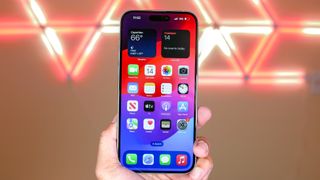
Savings on a big iPhone
Specifications
Screen Size: 6.7-inch OLED (2796 x 1290); 60Hz
Processor: A16 Bionic
Cameras: 48MP main (ƒ/1.6), 12MP ultrawide (ƒ/2.4) / 12MP front (ƒ/1.9)
RAM/Storage: 6GB/128GB, 256GB, 512GB
Battery life (Mins:Secs): 14:14
Reasons to buy
+ Good price for a big screen Lasting battery life Lightweight feel
Reasons to avoid
- No Apple Intelligence support Lacks telephoto camera
Who should get the iPhone 15 Plus: Big-screen phone fans on a tigher budget.
What we think about the iPhone 15 Plus: The latest iPhone 16 models highlight Apple's lineup, but they're not the only phones Apple sells. The company keeps around some older models while reducing their price, and the best of the bunch in my opinion is the iPhone 15 Plus.
The iPhone 15 Plus stands out from other older iPhones thanks to its long battery life. Even though the phone has been out for more than a year, it's still clinging to a spot in our best battery life rankings by holding out for 14 hours and 14 minutes in our testing. While the newer iPhone 16 Plus outlasts that time, it's still an impressive result that outperforms many devices in its price range.
As for the price, Apple has dropped the cost of the iPhone 15 Plus to $799 — the same as what you'd pay for a newer iPhone 16. The advantage to the iPhone 15 Plus is you also get a larger screen, and the 48MP main camera is a solid performer. But the iPhone 16 has a faster processor, and it can support Apple Intelligence features. At this stage, I don't believe that Apple Intelligence on its own is enough to justify an upgrade, but if you consider it to be a nice bonus, it's probably better to consider an iPhone 16 or iPhone 16 Plus instead.
Read our full iPhone 15 Plus review.
A good iPhone at a discount
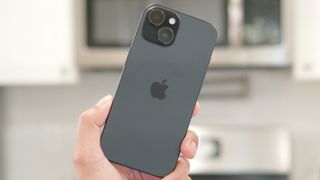
A very good iPhone value at a lower price
Specifications
Screen Size: 6.1-inch OLED (2556 x 1179); 60Hz
Processor: A16 Bionic
Cameras: 48MP wide (ƒ/1.6), 12MP ultrawide (ƒ/2.4) / 12MP front (ƒ/1.9)
RAM/Storage: 6GB/128GB, 256GB, 512GB
Battery life (Mins:Secs): 11:05
Reasons to buy
+ Strong main camera performance Bright display Solid construction
Reasons to avoid
- No optical zoom No Apple Intelligence support
Who should get the iPhone 15: Bargain hunters who are unswayed by more recent features on newer iPhones.
What we think about the iPhone 15: Even with the iPhone 16 out there, the iPhone 15 remains a viable choice for many people. By skipping more recent iPhones, you won't get the latest chipset or the camera improvements in newer models, which means no Apple Intelligence features. If that doesn't bother you — and Apple's AI tools are still in their early stages at this point — the iPhone 15 remains a worthy upgrade. That it only costs $699 adds to the appeal.
Our iPhone 16 vs. iPhone 15 comparison goes into greater detail on what you give up by opting for the older, cheaper model. But besides Apple Intelligence, the main thing you're sacrificing is the performance boost the iPhone 16's A18 chipset provides and the longer battery life in the new model. The cameras on the iPhone 15 perform nearly as well in my opinion — the iPhone 16 performs a little better in low light, but the iPhone 15's 48MP shooter produces sharp images. It can also approximate a 2x zoom like the iPhone 16 can.
The iPhone 15's 6.1-inch display has the same brightness specs as the iPhone 16. In our testing, the iPhone 15 even managed a marginally higher reading on a light meter. The point is, you'll get a bright, colorful screen even if you choose the older model.
Only you can decide if $100 in savings makes up for the lack of Apple Intelligence support and a phone that won't last as long on a charge (though the iPhone 15 outlasts the average smartphone). But if those sacrifices sound all right to you, the iPhone 15 still offers some value to iPhone shoppers.
Read our full iPhone 15 review.
The least expensive iPhone
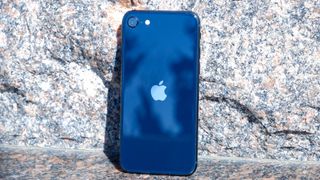
A fine budget iPhone option — for now
Specifications
Display size: 4.7-inch LCD (1344 x 750)
Processor: A15 Bionic
Cameras: 12MP (f/1.8) rear; 7MP (f/2.2) front
RAM / Storage: 4GB / 64GB, 128GB, 256GB
Battery life (Mins:Secs): 7:38
Reasons to buy
+ Fastest performance for the money Very good photo quality More durable design
Reasons to avoid
- No Night mode for camera No mmWave 5G support
Who should get the iPhone SE 2022: Anyone who wants the least expensive iPhone
What we think of the iPhone SE 2022: The iPhone SE (2022) is the most budget-friendly option in the current iPhone lineup. Starting at $429 for the 64GB model, the iPhone SE remains a capable performer, even if its single camera is starting to show its age compared to phones that came out in the last year like the Pixel 8a. Our 200-photo Pixel 8a vs. iPhone SE photo face-off shows how Apple's phone is lagging behind in terms of image quality. The lack of night photography support in the iPhone SE is a really big miss on Apple's part.
With the same A15 Bionic chipset that’s in the iPhone 13 — but lacking the extra GPU core found in the A15 powering the iPhone 14 — the iPhone SE (2022) can handle most tasks you set before it, all in an incredibly compact body. However, the 4.7-inch LCD is a bit of a letdown with a low resolution by today’s standards (1344 x 750). The chunky bezels of the classic iPhone design also look incredibly dated.
Things are expected to change in early 2025 when the iPhone SE 4 is rumored to be making its debut. That phone is likely to feature a better camera, and it's all but certain to use the A18 chip found in the new iPhone 16 models, meaning Apple's budget device could add Apple Intelligence support. If you can hold off on a purchase for a few months, that may make it worth the wait for an updated SE model.
Read our full iPhone SE (2022) review.
The best iPhone discount
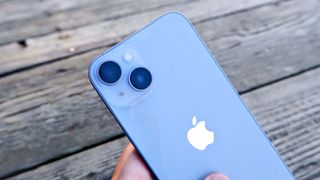
An older phone at a much lower price
Specifications
Screen Size: 6.1-inch OLED (2532 x 1170; 60Hz)
Processor: A15 Bionic
Cameras: 12MP main (f/1.5), 12MP ultrawide (f/2.4) / 12MP front(f/1.9)
RAM/Storage: 6GB / 128GB, 256GB, 512GB
Battery life (Mins:Secs): 9:28
Reasons to buy
+ Excellent cameras Still-vibrant display Runs iOS 18 flawlessly
Reasons to avoid
- Released two years ago 60Hz refresh rate
Who should get the iPhone 14: Anyone on a very tight budget who wants a dual-camera phone.
What we think about the iPhone 14: It's easy to forget about phones that first came out two years ago, but don't overlook the iPhone 14, as it's still a part of Apple's lineup at a steep discount from its introductory price. These days, you'll pay $599 for an iPhone 14, which can be a compelling option, as that's $200 cheaper than the iPhone 16. (The iPhone 14 Plus is still around, too, but its $699 price is the same as the iPhone 15's current cost. And the iPhone 15 is a much better option at that price.)
You're not getting the latest and greatest hardware at that price, so forget about Apple Intelligence features. The rest of iOS 18 runs just fine on this device though, as I've found while testing Apple's latest iPhone software. You won't get the fastest performance, but if you don't use demanding apps, the A15 Bionic powering this phone has enough horsepower to browse, stream and even run less-demanding games.
Opting for an iPhone 14 over the cheaper iPhone SE gives you a more flexible camera since the iPhone 14 features a ultrawide lens to go with the main shooter. The iPhone 14 can take Night mode photos, too. Really, the best argument for the iPhone 14 is that it's a very capable camera phone, even after Apple has made updates to the iPhone 15 and iPhone 16 camera setups.
Read our full iPhone 14 review.
Swipe to scroll horizontally
| Row 0 - Cell 0 | iPhone 16 | iPhone 16 Plus | iPhone 16 Pro | iPhone 16 Pro Max |
| Starting price | $799 | $899 | $999 | $1,199 |
| Display | 6.1-inch OLED (2556 x 1179; 60Hz) | 6.7-inch OLED (2796 x 1290; 60Hz) | 6.3-inch OLED (2622 x 1206; 1-120Hz) | 6.9-inch OLED (2868 x 1320; 1-120Hz) |
| Chipset | A18 | A18 | A18 Pro | A18 Pro |
| Storage | 128GB, 256GB, 512GB | 128GB, 256GB, 512GB | 128GB, 256GB, 512GB, 1TB | 256GB, 512GB, 1TB |
| Rear cameras | 48MP main (f/1.6) with 2x opitcal quality zoom, 12MP ultrawide (f/2.2) | 48MP main (f/1.6) with 2x opitcal quality zoom, 12MP ultrawide (f/2.2) | 48MP main (f/1.78), 48MP ultrawide (f/2.2), 12MP telephoto (5x, f/2.8) | 48MP main (f/1.78), 48MP ultrawide (f/2.2), 12MP telephoto (5x, f/2.8) |
| Front cameras | 12MP (f/1.9) | 12MP (f/1.9) | 12MP (f/1.9) | 12MP (f/1.9) |
| Battery size | 3,561 mAh | 4,674 mAh | 3,582 mAh | 4,685 mAh |
| Battery life (Hrs: Mins) | 12:43 | 16:29 | 14;07 | 17:17 |
| Size | 5.8 x 2.8 x 0.31 inches (147.6 x 71.6 x 7.8mm | 6.3 x 3.1 x 0.31 inches (160.9 x 77.8 x 7.8mm) | 5.89 x 2.81 x 0.32 inches | 6.42 x 3.06 x 0.32 inches |
| Weight | 6 ounces (170 grams) | 7 ounces (199 grams) | 7 ounces (199 grams) | 8 ounces ((227 grams) |
| Row 11 - Cell 0 | Row 11 - Cell 1 | Row 11 - Cell 2 | Row 11 - Cell 3 | Row 11 - Cell 4 |
Best iPhones: Frequently asked questions
When will the next iPhones come out?
Apple sticks to a fairly regular schedule when it comes to iPhone releases. Its major flagships tend to show up in the fall, usually in the first couple weeks of September. Should Apple stick to that schedule in 2025, we'd look for the iPhone 17 lineup to be in stores by mid-September.
Apple may throw us a curve by introducing the iPhone SE 4 in the early part of 2025. Rumors point to a March launch for that phone, which would be consistent with previous iPhone SE releases. All three previous models debuted in the spring.
Which iOS version do the best iPhones run?
Every device on our best iPhone list runs iOS 18. The iPhone 16 models shipped with iOS 18 pre-installed, and the new software is available for older models as an update. In fact, every iPhone released since the iPhone XR, iPhone XS and iPhone XS Max in 2018 can support iOS 18.
I wrote our iOS 18 review, and found the software to be a welcome update, though one without much in the way of revolutionary features. (Even the AI-focused Apple Intelligence features are pretty basic at this point.) That said, I thought updates to the Notes, Fitness and Messages apps were particularly welcome. The Photos app features a redesign that some users dislike, though I've come to appreciate the changes.
Apple Intelligence came to select iPhones with October's iOS 18.1 update. You'll need an iPhone 15 Pro, iPhone 15 Pro Max or any iPhone 16 to run Apple Intelligence. The iOS 18.2 beta arrived in November, with a full release expected in December.
How can I save money on an iPhone purchase?
Check out our round-up of the best cheap iPhone deals, which includes potential savings on every model. These days, a lot of iPhone deals require you to trade in your current device to get a rebate that you can apply to the cost of your new phone. Buy your phone directly from Apple, and you can get between $180 to $650 in credit when trading in an iPhone 12 or later.
Note that if you buy your iPhone unlocked from Apple, you'll need to tack another $30 onto the base price of the iPhone 16 and iPhone 16 Plus. (The iPhone 16 Pro and iPhone 16 Pro Max start at the same price, whether unlocked or not.)
How to choose the best iPhone for you
When shopping for an iPhone, take stock of the features and capabilities that matter most to you. If battery life is especially important, seek out a larger iPhone, as they tend to have bigger batteries to match their screen size. What's more, because iOS is known to be generally efficient in terms of energy consumption, even the smaller models tend to last longer than average on a charge.
If you're basing your next iPhone purchase off camera quality, the top-tier Pro variants are easy recommendations, thanks to triple-lens designs that allow you to capture multiple different perspectives, from zoomed-out ultra wide-angle images to shallow depth-of-field portraits. They're also remarkably good in challenging lighting scenarios, like when shooting in a dimly-lit indoor space, or outdoors at night.
All that said, if price is king, and saving the absolute most on your next smartphone purchase is your top priority, you should have no reservations about nabbing either the iPhone SE or an older model with a lower price tag. They may be on the cheaper side of Apple's range, but they're still made of flagship-quality materials, with enough power and performance to sustain years of use. iOS software updates, which are available to every model at the same time, generally provide five years of support, adding to the value of older models.
After Apple dropped the iPhone 12, you no longer have to worry quite as much about storage. The base model of nearly every iPhone starts with 128GB of storage — the exceptions are the iPhone SE (a paltry 64GB), the iPhone 15 Pro Max (a more generous 256GB) and now the iPhone 16 Pro Max (also 256GB).
How we test iPhones
As with any smartphone we test at Tom's Guide, we evaluate iPhones for days in real-world use cases. We also benchmark Apple's phones using a gamut of performance-measuring apps that allow us to compare iPhone performance to what Android devices are capable of. In addition to synthetic benchmarks, we also run real-world tests, including a video transcoding test in Adobe Premiere Rush that compares the iPhone's processing speed with other devices.
Swipe to scroll horizontally
| Row 0 - Cell 0 | Geekebench 6 score (single-core/multicore) | 3DMark Wild Life Unlimited (frames per second) |
| iPhone 16 Pro Max | 3386 / 8306 | 107.5 |
| iPhone 16 | 3301 / 8033 | 98.2 |
| iPhone 16 Pro | 3400 / 8341 | 109.3 |
| iPhone 16 Plus | 3302 / 8042 | 98.3 |
| iPhone 15 Plus | 2551 / 6280 | 74 |
| iPhone 15 | 2518 / 6179 | 70.9 |
| iPhone SE | 2026 / 4311 | 50 |
| iPhone 14 | 2347 / 5789 | 67.2 |
In our lab, we use a light meter to ascertain display quality data, like brightness and color accuracy to help us evaluate the display of the best iPhones. Our proprietary battery test determines longevity on a charge by endlessly streaming webpages over an LTE network; we then recharge the iPhones to see how quickly they charge in 15-minute intervals.
Swipe to scroll horizontally
| Row 0 - Cell 0 | Brightness (HDR) | Color (DCI-P3) | Accuracy (Delta-E) |
| iPhone 16 Pro Max | 1553 nits | 80.4% | 0.24 |
| iPhone 16 | 1348 nits | 79.5% | 0.27 |
| iPhone 16 Pro | 1510 nits | 80.9% | 0.26 |
| iPhone 16 Plus | 1458 nits | 79.4% | 0.25 |
| iPhone 15 Plus | 1310 nits | 81.8% | 0.13 |
| iPhone 15 | 1401 nits | 81.1% | 0.18 |
| iPhone SE | 550 nits | 81.2% | 0.21 |
| iPhone 14 | 756 nits | 83.1% | 0.25 |
To compare cameras, we take any iPhone we review out and shoot photos in a variety of settings. We also bring along a comparable smartphone to see how the iPhone's photographic output measures up.
We explore Apple's iOS improvements, test gaming performance and evaluate the phone's speakers — and each of these factors play a part in our final verdict.
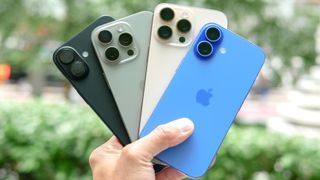
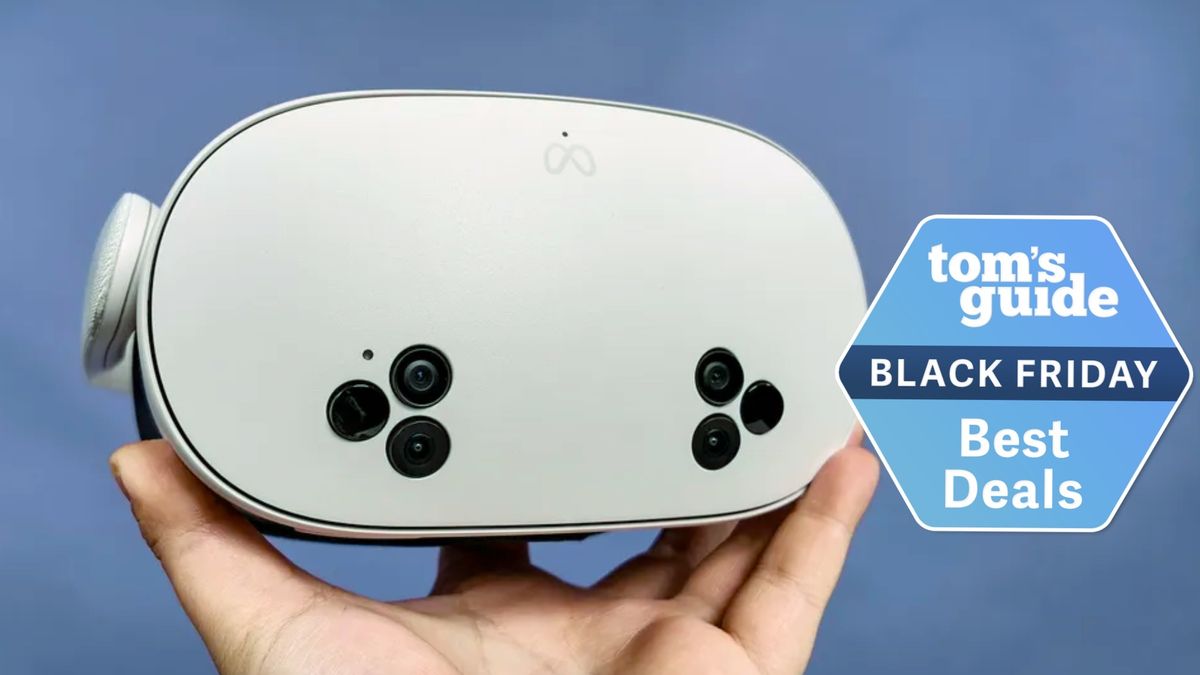
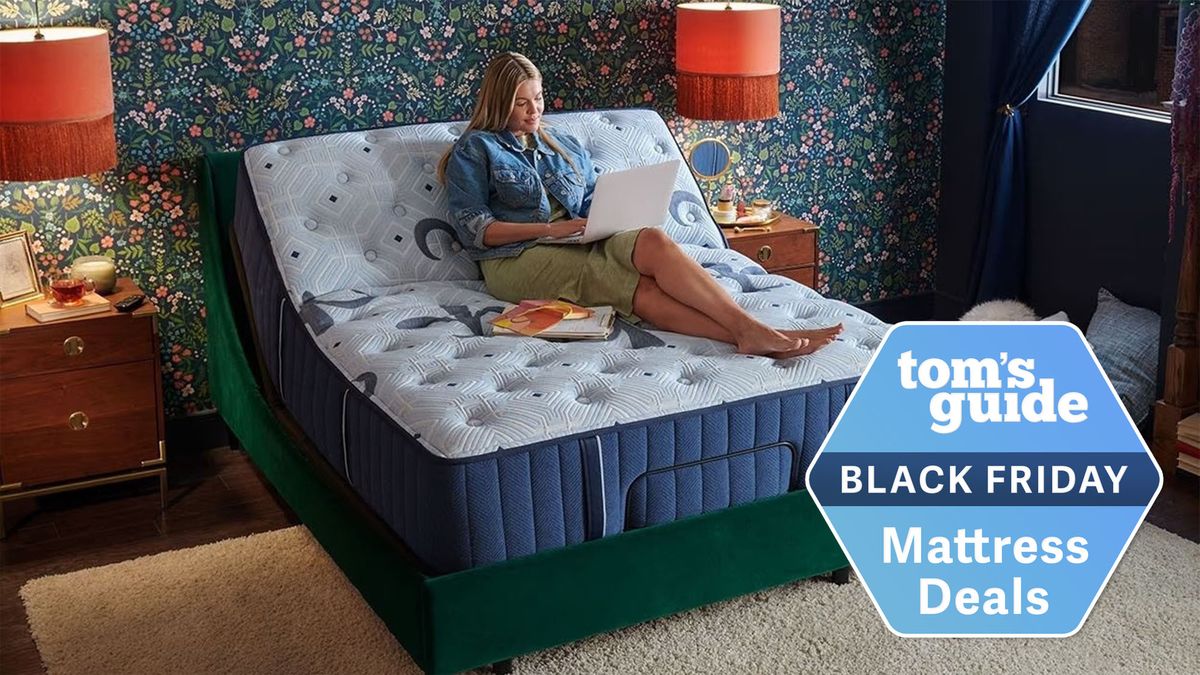
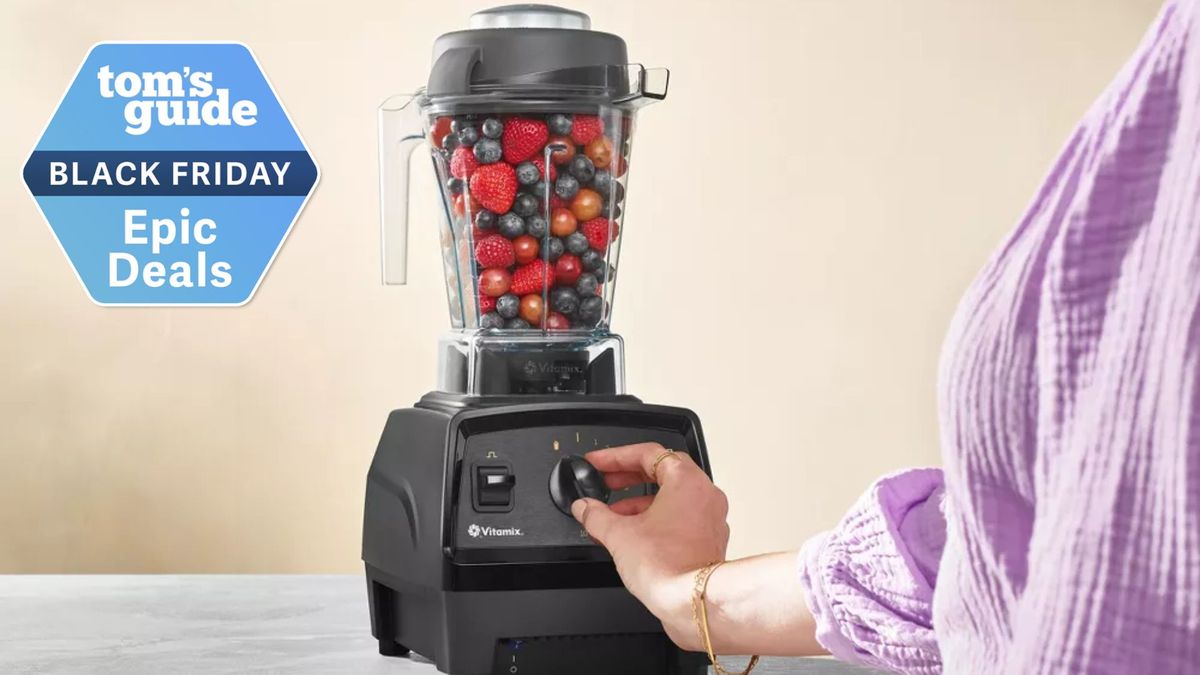

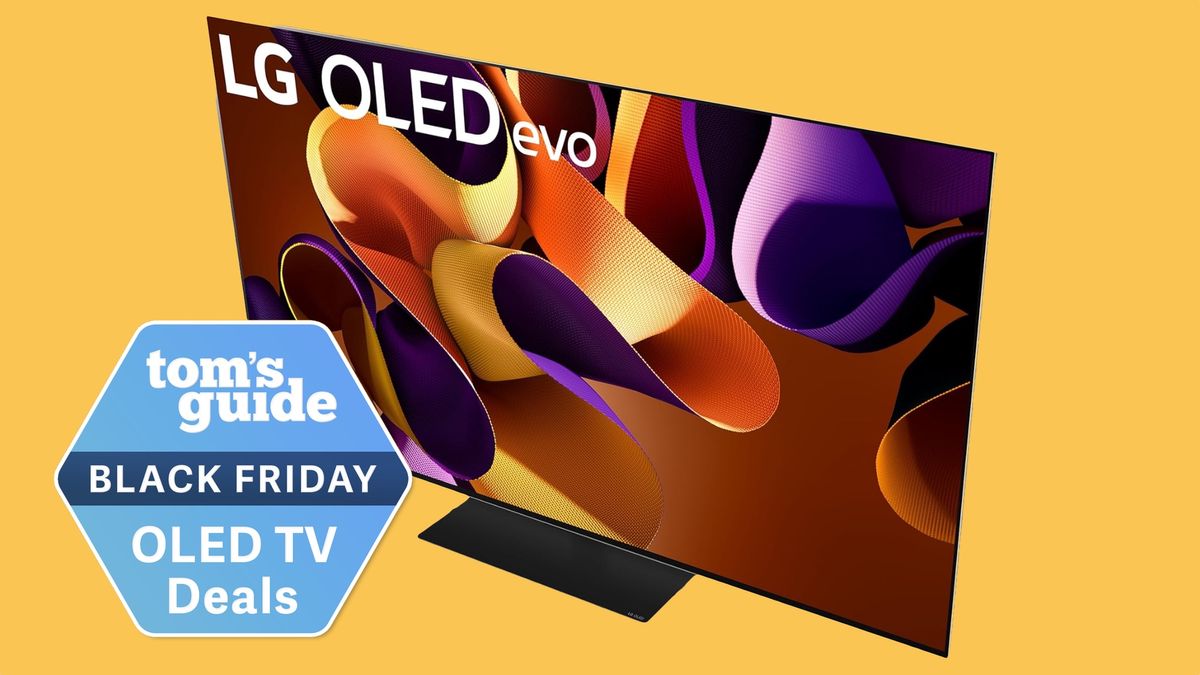

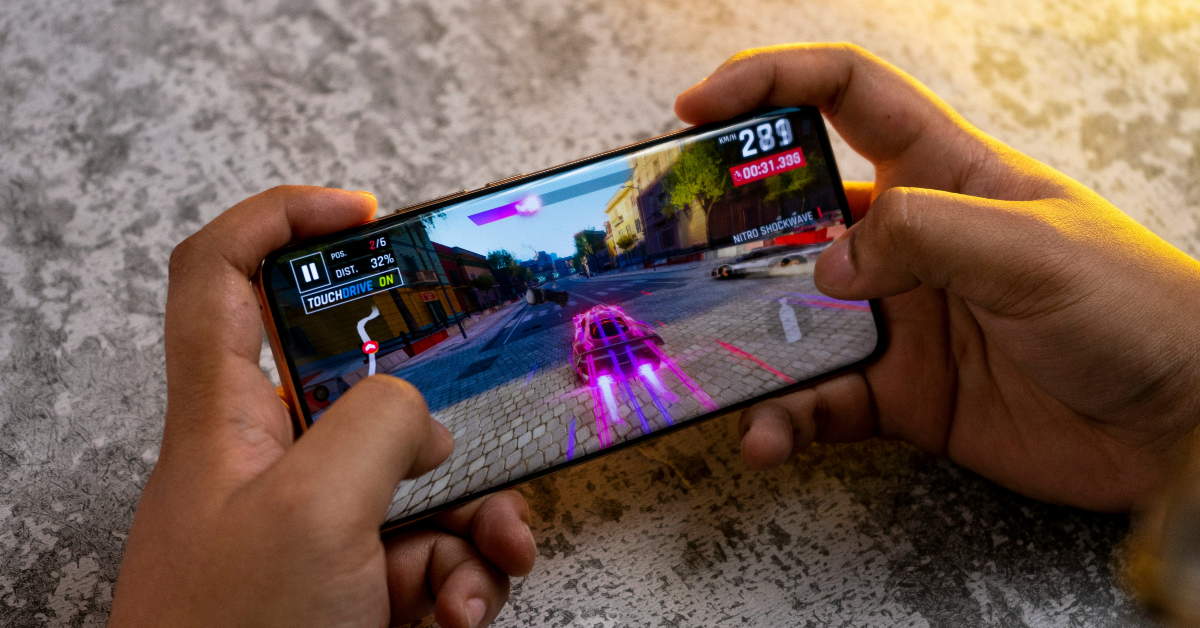
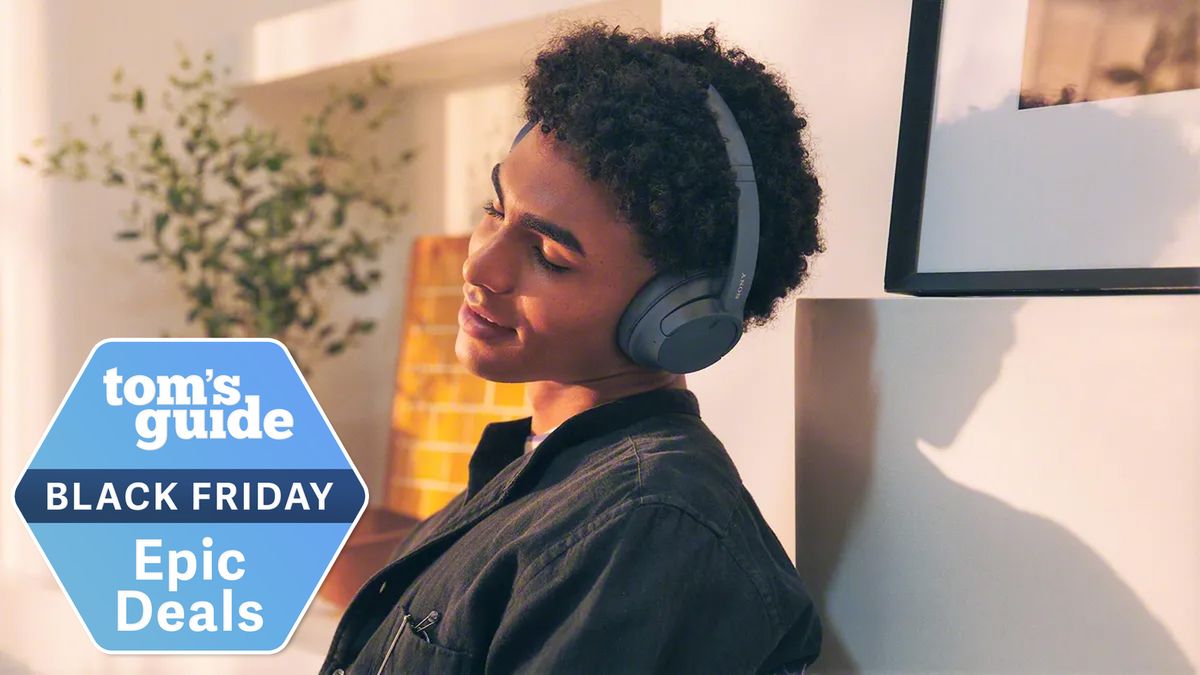

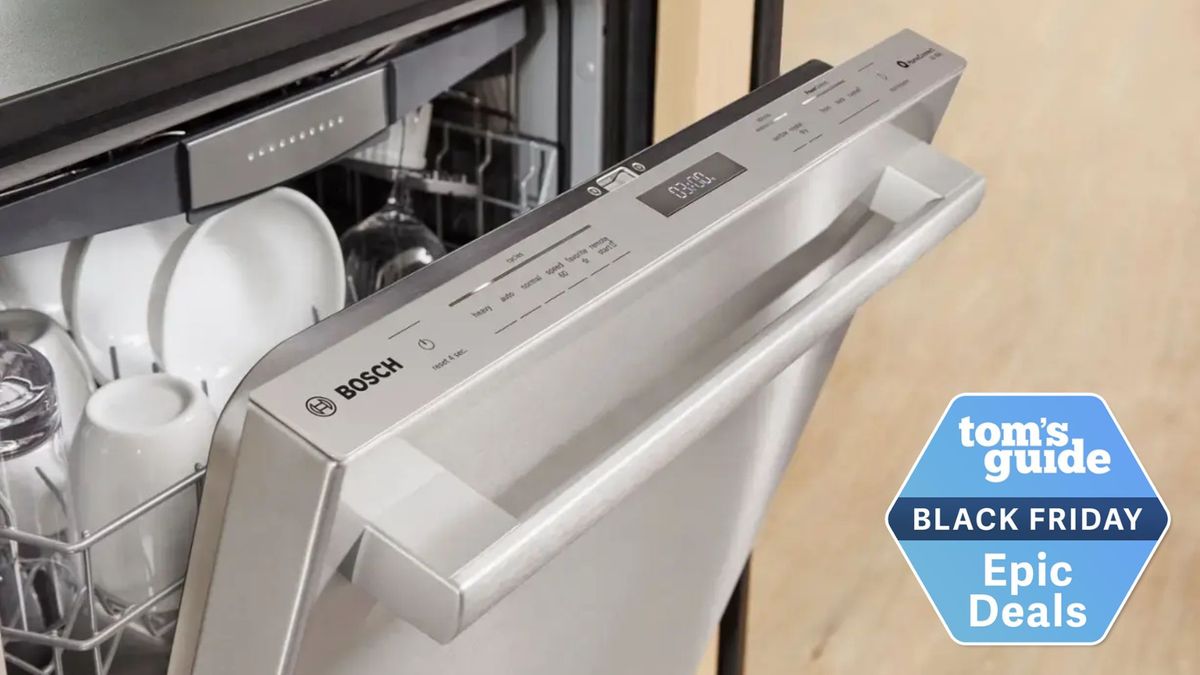

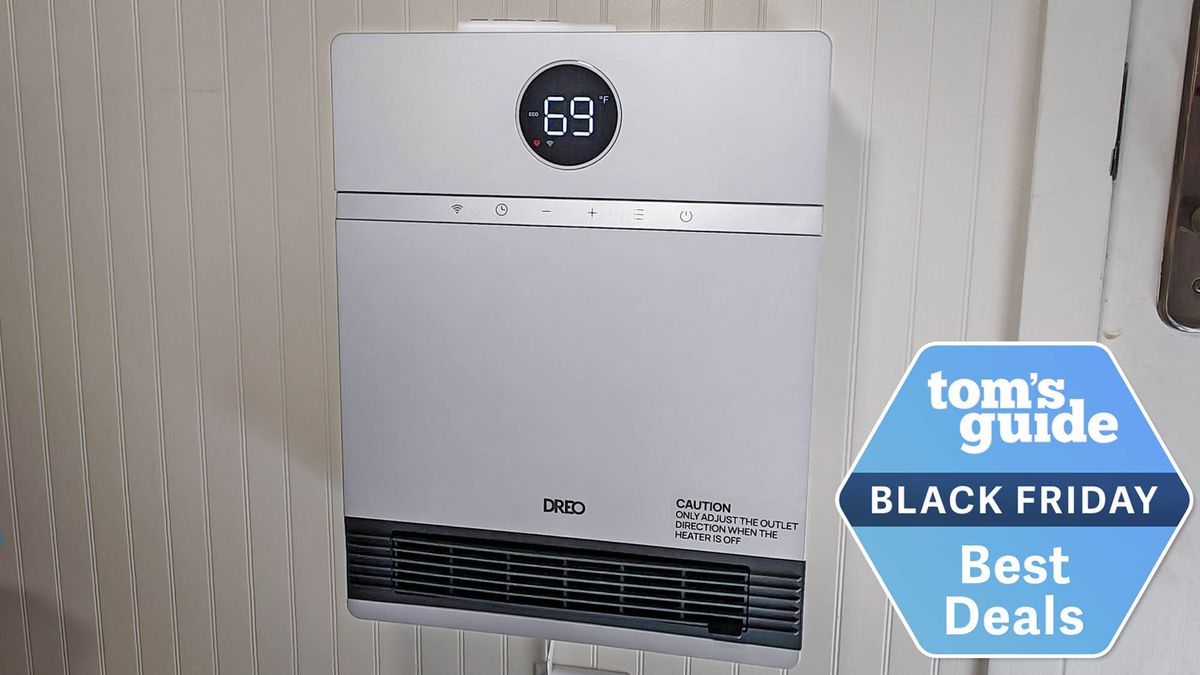








 English (US) ·
English (US) ·